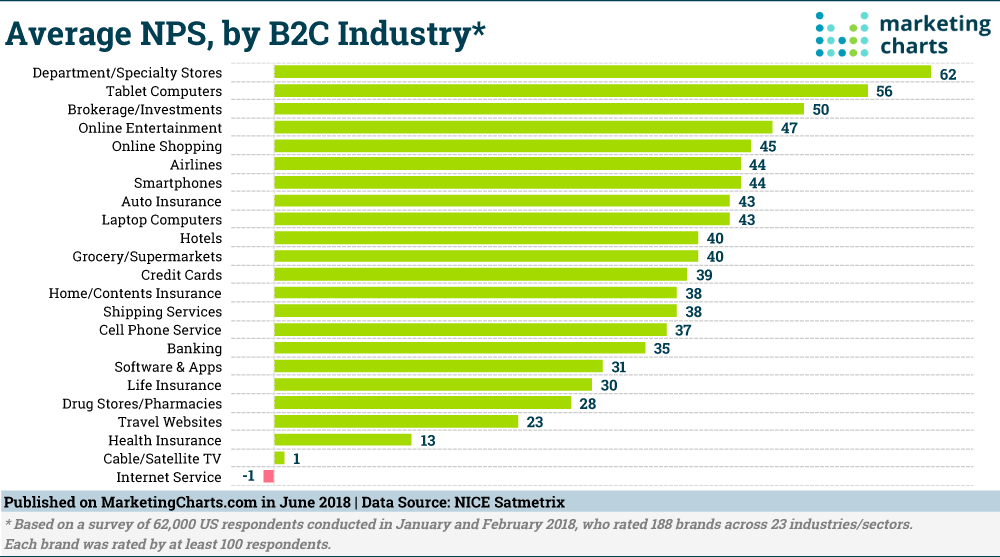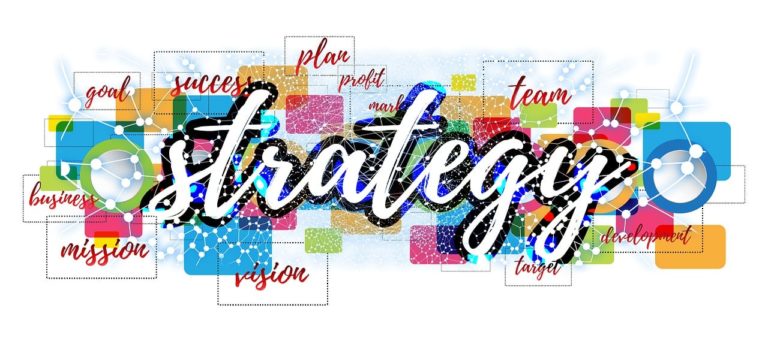Ever wonder how to get more people talking about your business? It’s simple.
Offer them incredible products and services that solve their problems and fulfil their needs and desires. Then when you have converted them into customers, continue to keep them satisfied and give them something to talk about by surprising them too.
Sounds easy, doesn’t it? But as you know it’s not. I realise that only too well in my own service offerings. Which is why I decided to write this article about the 7 key elements that will get people talking about us!
Every strategy comes with its own set of rules, and the same is true for word-of-mouth marketing (WOMM). Yes, this means that you can actually create a strategy to generate positive word-of-mouth for your business. In fact, this has become an essential part of marketing as people have started to lose trust in the reviews they read online – more on that later. Friends, family and trusted advisors are those they turn to for a valued opinion these days.
But first: why does Word-of-Mouth matter?
To start with, it is important to understand what cognitive dissonance is. According to Wikipedia’s definition, it occurs when
“a person holds two or more contradictory beliefs, ideas, or values; or participates in an action that goes against one of these three, and experiences psychological stress because of that. Coping with the nuances of contradictory ideas or experiences is mentally stressful. It requires energy and effort to sit with those seemingly opposite things that all seem true.”
In other words, people are always searching for ways to reduce their stress that is caused by cognitive dissonance when shopping and selecting brands. One of the ways they do this is by searching for confirmation that they have made the right choices. Receiving positive word-of-mouth opinions of products and services from friends or family members will reduce the dissonance, as it confirms people’s beliefs in what they have purchased.
Given that consumers need input to reduce the risks they take, especially when purchasing a brand for the first time, it is marketing’s job to provide a maximum amount of information to build trust. Whether this is through advertising or online customer reviews, it is important to show both transparency and popularity to enhance confidence.
This has become a challenge in recent years as a result of the exposure of significant fake reviews on many websites, including Amazon. There are now even services to highlight these paid or fake reviews, such as fakespot.com and reviewmeta.com. If you are interested in this topic, then I suggest the article on “10 secrets to uncovering which online reviews are fake.” by Catey Hill.
So how can we improve customers’ trust in what we offer? Here are seven ideas I came up with to include in your word-of-mouth marketing:
#1 Make Customers Delighted!
If you value your customers, offer them more than they expect! It’s not only the great product or service that generates loyalty but the implicit message that “you matter to us!” That’s what every customer wants to feel!
Building solid relationships depends on rewarding your customers with exceptional service and perhaps a creative surprise. This can be complimentary priority shipping, free samples, coupons or unexpected gifts. Anything you can do to show customers that you value their business, especially when it is unanticipated, will build loyalty.
While some may say it is important to do this on a regular, ongoing fashion, I disagree. If the surprises become expected, then they no longer amaze. And this also means that you should not rely on just one single way to delight your customers. Variety is the spice of life after all!
#2 Focus on Brand Commitment
In the book Spreading the Word, Tom Brown defined brand commitment as:
“An enduring desire to maintain a relationship with a specific entity.”
Your Facebook brand page may offer you a unique opportunity to build and nurture a relationship with your fans. But, it takes more than just generating Likes, to get people to talk about you! Have a look online and see just how many Facebook pages have almost zero engagement!
So, ask yourself these three questions every day:
- “Do our customers have an enduring desire to maintain a relationship with our brand?”
- “What do we do to earn our fans’ trust each day?”
- “What more can we do to surprise and delight our customers?”
If you focus on maintaining your customers’ desire to continue a relationship with your brand, this will set up the ideal conditions for successful word-of-mouth marketing, which you never know may even go viral.
Brands with a strong and above all engaging fan base on Facebook can count on daily likes, but more importantly also shares and comments. This engagement will increase visibility and accelerate reach. This social proof will increase your brands’ attraction and generate an ever-growing number of fans. If you want to learn more on this, check out Mari Smith, known by many as the queen of Facebook. She has some great tips and free resources that you will find extremely useful.
#3 Offer Distinctive Products and Services
When it comes to distinctive products, for many, one brand immediately comes to mind: Apple. Steve Jobs succeeded in building a strong brand that people associated with innovative products that rock! Every time Steve introduced a new product, like the iPod, iPhone or iPad, people just had to talk about it!
Many argue that Apple has lost some of its sparkle since his demise because his visionary approach has been replaced by more upgrades than innovations. But Apple remains successful and highly profitable – at least for the shareholders.
When you think about distinctive service, I’m sure Zappos resonates with you too. Not only does Zappos offer shoes online, but they also value their customer’s trust more than anything! This is why their core value is to WOW their customers.
WOW involves differentiation by doing more for your customers than they expect. Zappos is not your average company, and their customer service is anything but average or ordinary. They achieve this by expecting every employee to deliver WOW in everything they do.
Since Zappos talks so openly about their culture and also shows the value of it by becoming incredibly successful, many other companies have strived to follow their example. Today, these include Southwest Airlines, Nordstrom, USAA and L.L. Bean. Sorry, these are all US examples; if you have great customer service examples from companies in Europe or Asia, then please add them in the comments below. I am sure there are many, but the US does seem to have an advantage over other regions when it comes to walking the talk of customer-centricity.
If you offer new distinctive products or services, people just want to talk about them. It’s up to you to generate viral-ability by offering them great content about your brands, so they can share it with friends and family. Think about blog posts, videos, podcasts, games, badges and other promotional material.
#4 Nurture Involvement
Offer solutions that connect to the mental relevancy of your customers. Think about how to trigger a big desire or confront significant pains or frustrations they may have with current offerings. Get into the middle section of your customer’s brain (limbic) to create somatic markers. These markers connect personal experience with your brand and will stimulate brand choice when purchase decisions are taken.
For example, Coca-Cola will generate feelings of happiness and friendship in a lot of people, thanks to its consistent core message. This is why it outsells Pepsi in most countries, despite regularly losing to Pepsi in blind taste tests.
Continue to nurture these feelings and your customers will want to share their experiences with their acquaintances.
#5 Connect with Market Mavens
Influencers or market mavens are individuals who have up-to-date information about many kinds of products, places to shop and other facets of the market. They are also people who are most likely to respond to information requests from friends, family, or social media followers.
Influencers love to educate others, and in doing so, they also increase their own status. Connect with these market mavens and make them your brand advocates. But watch out for fake recommendations they are asked to make. Customers today want to know when reviews are being paid for by the brand in question. If the person who makes the review is a trusted influencer, this shouldn’t be a problem. But trying to hide over-positive recommendations for your brands behind false identities and websites will eventually be found out.
#6 Identify your brand advocates
When it comes to word-of-mouth marketing, referrals by your greatest fans are your most effective type of marketing offline. If you want to include these influencers in your strategy, you first need to identify them. This is what the infamous NPS score supposedly does.
Satmetrix, Bain & Company and Fred Reichheld developed the Ultimate Question on which NPS depends: “How likely are you to recommend us to a colleague or friend?” From the answers, the Net Promoter Score is calculated. People that rate your brand as a 9 or 10 are considered to be “loyal enthusiasts who will keep buying and also refer others, fuelling growth”.
The NPS score has suffered much criticism since it was first developed back in 2003. According to Satmetrix, NPS varies widely by industry so it is essential to benchmark your performance against the average, which generally is anywhere between 30 and 50.
The NPS score also appears to be more relevant for service companies than for consumer products. The chart below, confirming this, summarises the 2020 industry average for the US; click on the graph to go to the article.
#7 Join the Conversation at Your Peril
When companies see the great things their customers are saying about their brands online, they can be tempted to join in the conversation. Don’t! Adding comments to your customers’ opinions will make them look as if they have been developed by you. I know you want to thank them, but do this on your Facebook page and always in general, rather than personally to any person individually.
However, this doesn’t mean that you can’t mention your customers. Just do it as quotes from your customer services and care centres, rather than by adding a reply to already posted comments.
Customers prefer to talk amongst themselves, even though they know you will most certainly be watching. If you join in, then they feel as if they have lost control. And it won’t do anything in terms of building trust.
So watch, listen and learn rather than joining in.
Conclusions
Although no one can predict the viral-ability of customer experiences on the social web, word-of-mouth marketing matters more than ever. Understand these 7 key elements and create your own strategy to stimulate positive word-of-mouth.
Need one more recommendation on word-of-mouth marketing? Then it’s this. Buy the book called “Word-of-Mouth Marketing: How Smart Companies Get People Talking”. It is written by Andy Sernovitz, with the foreword and afterword by none other than Seth Godin and Guy Kawasaki!
I would love to hear your thoughts on word-of-mouth marketing. Please share your reaction in the comments box below. Thanks.
To learn more about connecting with your customers, please also check out our website here: https://c3centricity.com/
This post is a revised version of an article that was first published on C3Centricity in 2012 and regularly updated ever since.








